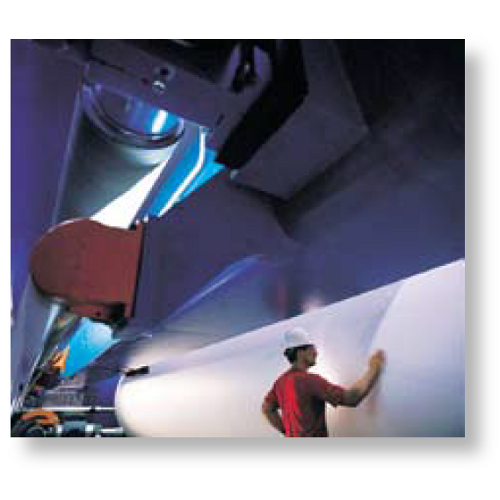Different additives, such as sulphuric acid, hydrochloric acid and, sometimes, chlorine, are used during the treatment of pulp. In thermal plants fuel, often methane, is used and there is a great amount of hydrogen sulphide in the treatment of backwaters.
GASES INVOLVED
Sulphuric acid (H2SO4): when preparing the raw material, it is used as an additive for pulps which will become the basic ingredient of paper sheets after proper treatment.
Hydrochloric acid (HCI): used as additive for pulp, it is a basic ingredient to get paper after suitable processing.
Chlorine (Cl): it is used to bleach raw material (pulp).
Methane (CH4): it is the most common fuel that feeds burners in the thermal plant producing steam.
Hydrogen sulphide (H2S): it is a subproduct contained in big quantities in backwater softening processing.

EXPECTED RISKS
Cl: chlorine irritates the breathing system, mainly in children and old people. When in gas state it irritates the mucosa, and in liquid state, it causes skin burns. Chlorine odour can be smelt at a 3.5 ppm concentration.
CH4: methane is a simple hydrocarbon and is in nature in form of gas. Methane is the main component of natural gas and is an excellent fuel, able to form easily in atmosphere resulting in a high risk of explosion.
H2S: colourless gas stands out for its characteristic smell of rotten eggs. A low-concentration exposure causes eye and throat irritation, cough, acceleration of breathing and fluid formation in the respiratory ways. High concentrations kill the olfactory nerve so making impossible to smell its disgusting odour, and may cause unconsciousness in few minutes